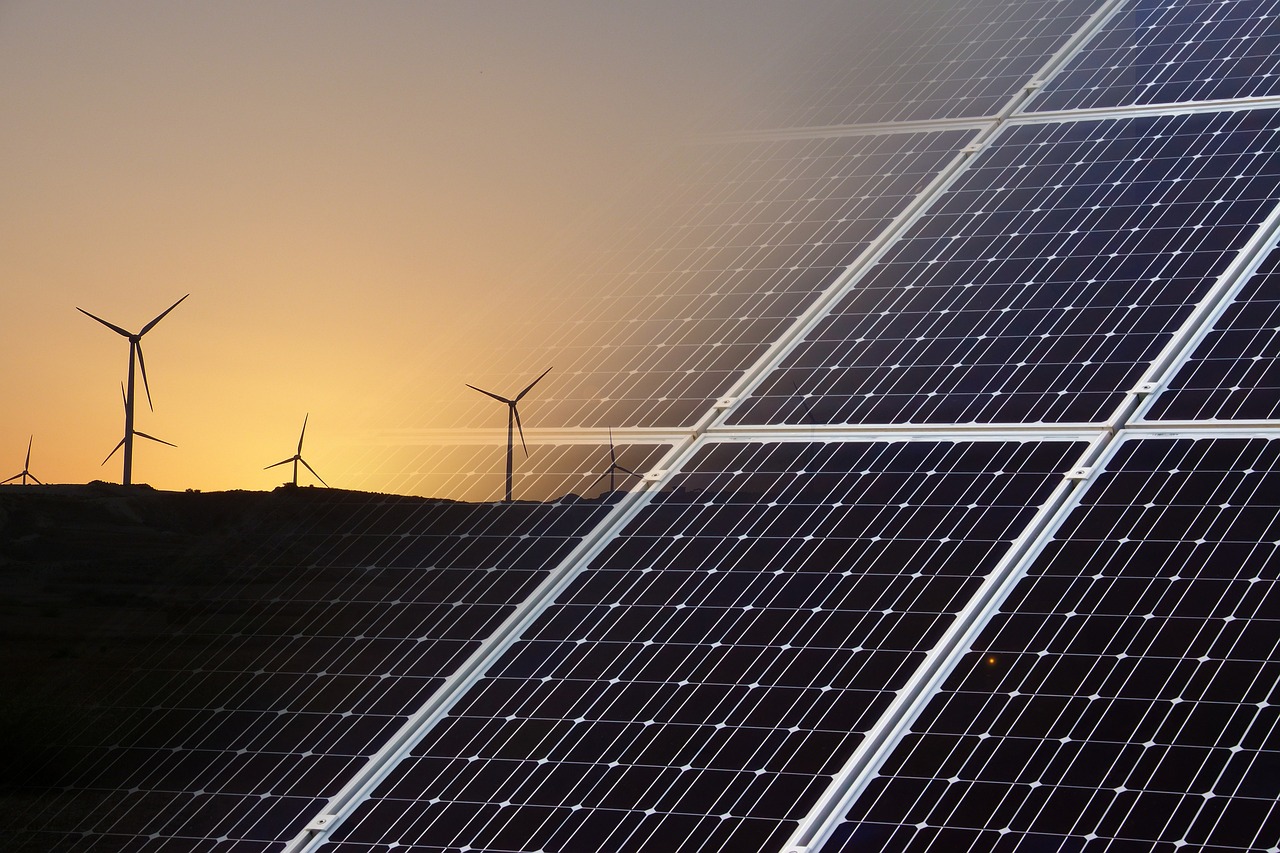New York Faces Shortfall to Achieve 70 Percent Renewable Energy Milestone: NYSERDA

A new report released by the New York State Energy Research and Development Authority states that several factors such as global inflation and high interest rates are hindering the state’s ability to reach 70 percent of their electricity from renewable sources by 2030. The draft version of New York’s Clean Energy Standard, or CES, Biennial Review goes into detail about the current progress on the state’s key climate goals.
In 2019, New York passed its Climate Leadership and Community Protection Act which outlined two key climate goals the state will work towards. The first goal was to achieve 70 percent electricity from renewable sources of power by 2030, and the second was to achieve a zero-emissions electrical power grid by 2040. The law also includes a goal to achieve 9 gigawatts offshore wind capacity by 2035.
However, the data from the CES Biennial Review show that unexpected pressures on the global renewable energy supply chain may mean that New York may not achieve 70 percent electricity from renewable sources by 2030.
In 2022, for example, renewable sources of power only produced 38,061 GWh which is 25.1 percent of the state’s electricity load. Of this renewable energy contribution, 80 percent came from hydroelectric while wind and solar contributed the rest. When including the 31,865 GWh contribution from nuclear power, the percentage of electricity from renewable and emissions-free sources would increase to 70,053 GWh. The total electric load in the state was 151,836 GWh, amounting to 46.1 percent of the electricity from renewable and emissions-free sources.
The CES Biennial Review forecasts that the state-wide electric load would reach 164,910 GWh by 2030. In 2020, the CES estimated that this 2030 figure would be 151,678 GWh. In order to achieve its 70 percent renewable energy goal, New York would need to generate 115,437 GWh from renewable sources by 2030. However, forecasts show that only 73,292 GWh will come from renewable sources in 2030. This would leave a 42,145 GWh deficit which New York will have to address through rapid advancements in its pipeline of renewable energy projects.
The report also outlines the key factors that contributed to the slow progress towards New York’s climate milestones. High interest and global inflation between mid 2021 and mid 2023, are cited as key factors in higher renewable energy project costs and slower timelines. The U.S. still relies heavily on foreign imports of components and raw materials that are crucial to renewable energy projects. The Russia-Ukraine war and Covid-19 pandemic caused major disruptions to supply chains around the world, which drove up raw material and manufacturing costs.
One example of supply chain disruptions is the global market of transformers, which has seen major price hikes and supply shortages. Transformers are crucial components in renewable energy projects. As electricity generated by renewable sources like wind and solar are at lower voltages, transformers help to increase this voltage for transmission and distribution to power grids.
The U.S. is currently the largest global importer of electrical transformers, importing $23.5 billion in 2022, majority of the supply coming from China. Data shows that utility companies in the United States are experiencing 900 percent price increases in transformers over the last three years. Although policies such as the Inflation Reduction Act aim to build a more resilient and robust domestic supply chain for renewable electricity, it may take years for the benefits to translate to U.S. energy markets.
EnerKnol Pulses like this one are powered by the EnerKnol Platform—the first comprehensive database for real-time energy policy tracking. Sign up for a free trial below for access to key regulatory data and deep industry insights across the energy spectrum.
ACCESS FREE TRIAL